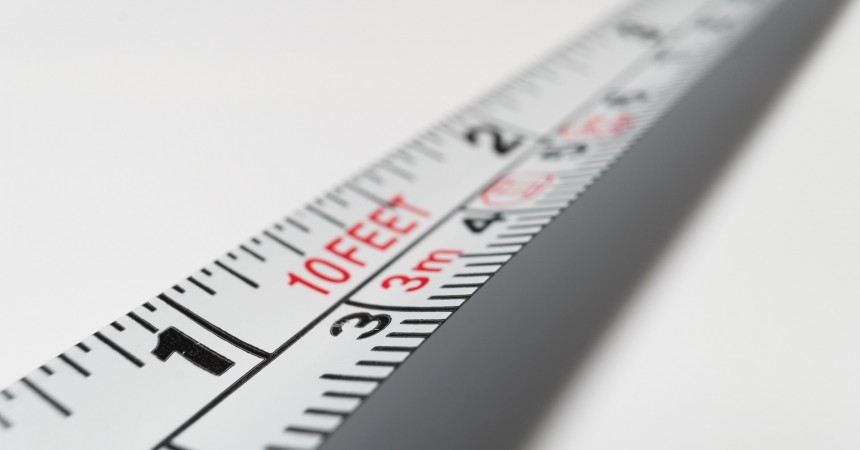All you need is Measurement & Understanding
H. James Harrington, a renowned quality guru and author stated that
“Measurement is the first step that leads to control and eventually to improvement – If you can’t measure something, you can’t understand it – If you can’t understand it, you can’t control it – If you can’t control it, you can’t improve it.”
Kaoru Ishikawa, a key figure in the development of quality initiatives in Japan, also stated that
“The ideas of control and improvement are often confused with one another. This is because quality control and quality improvement are inseparable.”
So we are all agreed, in order to control and improve a process, you first need to measure it and understand it. The question is – does everyone in your organisation know how to understand and interpret measures?
Kaoru Ishikawa suggested that all employees in an organisation should have a greater role to play, arguing that an over-reliance on just a quality professional would limit the potential for improvement. He maintained that everyone in the organisation was required, from the senior management to the front-line staff. As every area of an organisation can affect quality, all areas should study statistical techniques and implement change as required and not rely solely on internal and external Quality Audit programmes.
To do this he advocated the use of seven basic visual tools of quality so that the average person could analyse and interpret data. They are:
- Cause and Effect Diagrams
- Check sheets
- Process Behaviour Charts
- Histograms
- Pareto Charts
- Scatter Diagrams
- Stratification
The benefit of everyone in the organisation being able to read and interpret measures, especially using the tools above is that quality is built in rather than dealing with issues after the fact. You move from a reactive organisation to one which is pro-active, able to respond to issues quicker and become a more reliable supplier to your customer. Defects are reduced, waste is minimised and therefore costs are reduced. Using lineside meetings and Managing Daily Performance improves communication and makes meetings slicker. Interdepartmental relationship barriers are also removed leading to improved staff relationships.
H. James Harrington and Kaoru Ishikawa both understood that to improve product quality and the quality of production you need measure and understand. Then you can control and improve it.
Quality Assurance should become the norm and reliance on Quality Control where problems in production have already occurred building in waste, cost and reliability issues are reduced.
Good organisations, who have a great reputation for reliability and the quality of their goods and services practice Quality Assurance.
Does your organisation?
Share:

